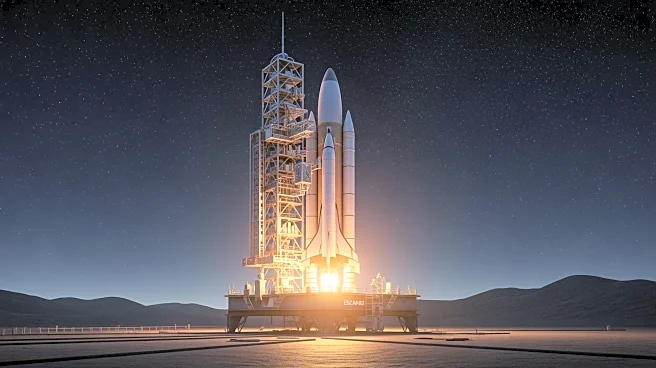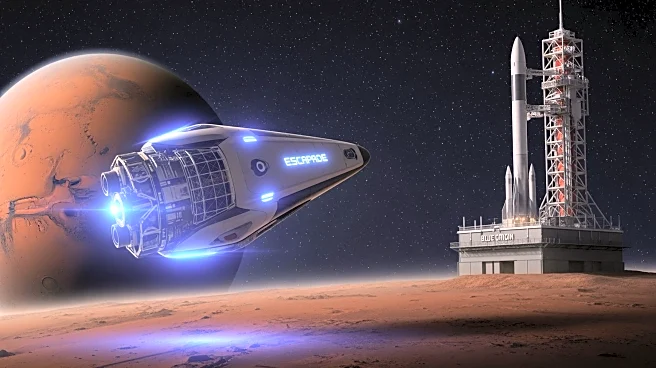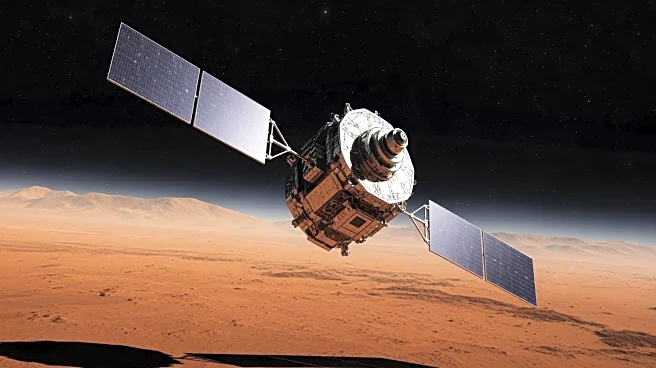What's Happening?
A new study led by Maxence Lefèvre from the Sorbonne has developed a model to better understand the surface conditions of Venus, focusing on wind and dust transport. This research aims to assist future
missions to Venus by providing insights into the planet's atmospheric dynamics. The study uses data from previous missions, such as Venera, to simulate temperature swings and dust movement across different regions of Venus. The findings suggest that wind patterns, influenced by the planet's thick atmosphere, play a crucial role in shaping surface conditions, which vary significantly between highland and lowland areas.
Why It's Important?
Understanding Venus's surface conditions is vital for the success of upcoming exploration missions, such as Envision, Veritas, and DaVINCI. Accurate models of wind and dust transport can help scientists predict environmental challenges that probes may face upon landing. This research contributes to the broader field of planetary science by enhancing knowledge of Venus's unique atmospheric dynamics, which differ from those of Earth and Mars. The study's insights could lead to improved mission planning and technology development, ensuring that future probes can withstand the harsh conditions on Venus.
What's Next?
Future missions to Venus, including the DaVINCI probe, are expected to benefit from this research by using the model to anticipate surface conditions and plan accordingly. The study's authors suggest further refinement of the model by incorporating additional thermal characteristics and atmospheric data. As exploration of Venus continues, scientists will likely focus on gathering more detailed information to validate and expand upon current models. This ongoing research will be crucial for advancing our understanding of Venus and potentially uncovering new scientific discoveries about the planet.











